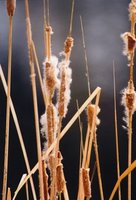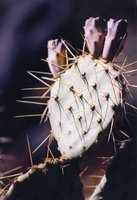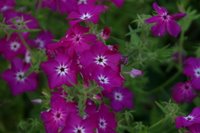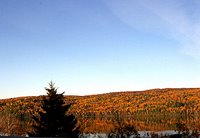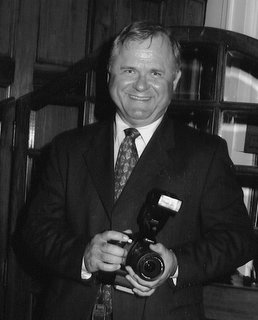No-Flash Photography Using Available Light or Low Light Can Exact Rewarding Images Even Photo Art
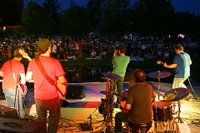

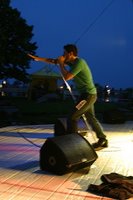

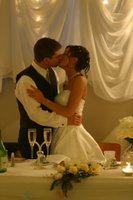
Low-Light, Slow Shutter Speed, No Flash Photography!
This lighting challenge no longer needs to put fear into a photographer's heart. It's possible to get perfect photos with a digital SLR and a few simple techniques.
Sometimes a flash brings you sunlight and then there are times when using a flash just takes away the mood of the moment. At times light voids the image of emotion. Like an artist poised in front of a blank canvass, the photographer chooses light, color, texture and shape to portray theirPhoto Art to share with the world.
I love to capture candid, journalistic style images of people during highly emotive events such as weddings and milestone birthdays. Take my lead and sit or crouch in a corner, almost invisible to the subjects and capture a loving look, a comforting touch or a smile that lights up the room. To capture these candid images and maintain your anonymity, you have to be non-intrusive. Using a camera flash defeats that purpose. In fact, a flash can be quite annoying to the subjects as well as any others present.
Using a flash captures the moment and then stops the subject cold (to collect themselves) before going on. The flash is not conducive to spontaneity and a natural flow of action. Capturing the energy of a live band performance is always an exciting project. There is the uncertainty of lighting, obstruction by instruments, equipment and people, and not knowing how each song will bring out the emotions of the artists. Imagine the bad reception you would get if you, as the band photographer, started poppin' flashes during the performance! Oooouch! Now that would be a mood wrecker, wouldn't it?
In 'use the available light' situations you should be brave! Be bold! Shoot no-flash with confidence. Shoot without a tripod or unipod to stabilize the camera. Wow! Is this really possible? Yes my friend it is!
- Canon EF 28-135mm f/3.5-5.6
- Sigma 70-200mm f/2.8 (a heavy lens but fast for low light and action shots)
- Sigma 28-300mm f/3.5-6.3 (my all around on-camera lens).
It is a real treat to shoot no-flash images with a digital SLR. I've taken thousands of images using the available light with my Canon D60 (an oldie but goodie in the digital camera world) with a number of different lenses :
I have achieved great results with all these lenses in low-light, no-flash situations. You can achieve this with film, but with digital you get to instantly view the shot and can make adjustments to create some funky photo art. Plus with a digital SLR you can use the rapid fire feature and guarantee that one of the images will be perfect. And the no developing, no negatives means no cost for snapping a lot of digital images. Play the odds!
- set your ISO speed to 400 or Higher - I shoot at ISO 400
- set Drive Mode to continuous shooting – you'll be using rapid fire often
- use Tv (shutter priority) or M (Manual Exposure) - experiment using both shutter modes
- use both Auto Focus and Manual Focus on your lens – remember Auto Focus sometimes is too slow to work properly in low-light environments
- you will be free-shooting at aperture speeds of 1/20 to 1/8 or lower. Use one of these camera stabilizing techniques: 1) elbows/arms on stable surface even if it is your knee or thigh; 2) arms tight to body and, my favorite; 3) don't breathe when snapping images
A few tips that will make the odds work in your favor:
Now the fun begins. You will be constantly adjusting aperture speeds and focus every time you point your lens or your subject moves or the light changes. But don't stop shooting!
I have found that if I bring the aperture speed down to where the camera indicates you don't need a flash (1/15), I will shoot multiple photos at that speed and then also shoot some at 1/20 and 1/10. Remember to meter on the subject not the light. You will be surprised at the different colors and emotions you capture by manually bracketing the shots this way. Again, experiment. Have fun! Keep moving around. Get a lot of close-up shots. Use the light source that comes from where ever or what ever (e.g. stage lights, candlelight, window light, flash light, fire light). Take lots of pictures. Move around your subject(s). Take more pictures. This is just too much fun!
At these slow aperture speeds you will get some blur. This effectively captures motion and adds an very artistic touch to your photos.
Couple your ability to frame a shot with the post production capabilities of Picasa by Google, and you will create some incredible Foto Art.
Low light? – No problem!
